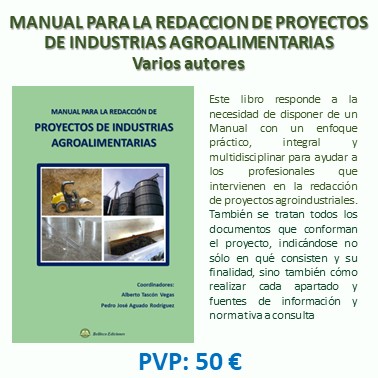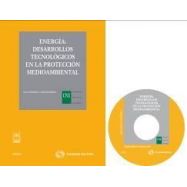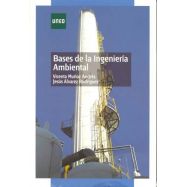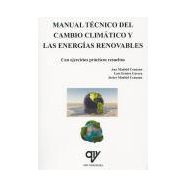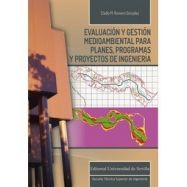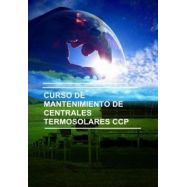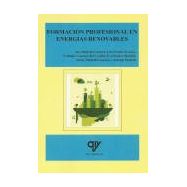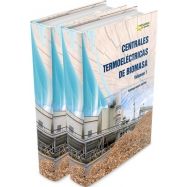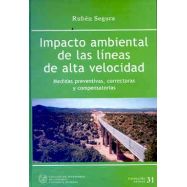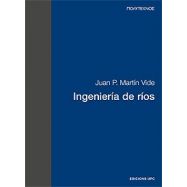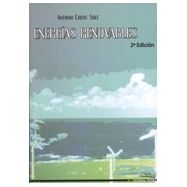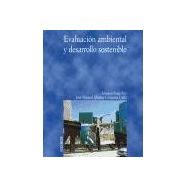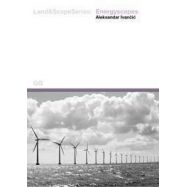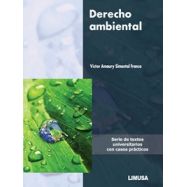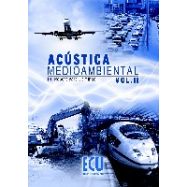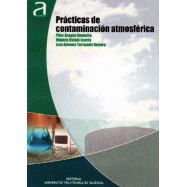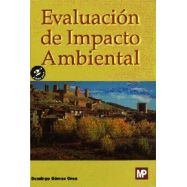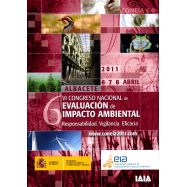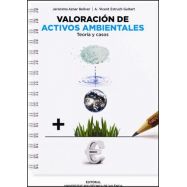Ningún producto
Materias
- BELLISCO EDICIONES. Nuestro Fondo Editorial
- FONDOS EDITORIALES EN DISTRIBUCION
- LIBROS TECNICOS EN INGLES
- ARQUITECTURA - URBANISMO
- AUTOMOCION - MOTORES - VEHICULOS
- AVIONICA - AERONAUTICA
- CALIDAD - EMPRESARIALES - GESTION
- CIENCIAS EXACTAS - MATEMATICAS
- CIENCIAS NATURALES Y APLICADAS
- CIENCIAS DE LA TIERRA - INGENIERIA DEL SUELO
- DICCIONARIOS TECNICOS
- ESTRUCTURAS - CONSTRUCCION
- FORMACION PROFESIONAL
- HIDRAULICA - INGENIERIA SANITARIA - AGUAS
- INGENIERIA CIVIL - OBRAS PUBLICAS
- INGENIERIA MECANICA E INDUSTRIAL
- INSTALACIONES . GENERALES, EN EDIFICACION E INDUSTRIALES
- MATERIALES
- MEDIO AMBIENTE
- NORMATIVA
- OPOSICIONES
- PREVENCION DE RIESGOS LABORALES
- PROGRAMAS INFORMATICOS DE CALCULO
- TECNOLOGIA DE LOS ALIMENTOS: Industrias: Conservación, envasado y cadenas alimentarias
- TELECOMUNICACIONES - INFORMATICA - TECNOLOGIA DE LA INFORMACION
- OUTLET DE BELLISCO: Descuentos de hasta el 80%
- RELIGION, TEOLOGIA, MORAL Y ESPIRITUALIDAD
- VARIOS
- OFERTAS
- PROMOCIONES
- NEWSLETTER
- CATEGORIAS DESTACADAS
- ULTIMAS NOVEDADES BELLISCO
- ARQUITECTURA SOSTENBILE
- URBANISNO
- MATEMATICAS EN GENERAL
- AGRONOMOS-AGRICULTURA-FORESTALES
- ELECTROMAGENTISMO-ELECTRONICA-ELECTRICIDAD
- INGª Y MECÁNICA DEL SUELO. CIMENTACIONES
- TOPOGRAFIA, FOTOGRAMETRÍA, GEODESIA
- EDIFICACION
- ANALISIS DE ESTRUCTURAS, RESISTENCIA DE MATERIALES, ELASTICIDAD, CALCULO MATRICIAL
- OFICIOS VARIOS
- ABASTECIMIENTO Y DISTRIBUCION DE AGUA
- PUENTES
- TUNELES Y OBRAS SUBTERRANEAS
- MAQUINAS Y MECANISMOS
- SOLDADURA
- CLIMATIZACION
- INSTALACIONES DE AGUA
- INSTALACIONES ELECTRICAS CIENCIA E INGENIERIA DE MATERIALES
- ENERGIAS RENOVABLES
- DESARROLLO SOSTENIBLE
- INFORMATICA-SISTEMAS-FORMACION-PROGRAMAS
-
HANDBOOK OF ENVIRONMENTAL ENGINEERING
 Ver más grande
Ver más grande Referencia: Código 06884
05/2016 - Frank R. Spellman - Refª 6884
Frank R. Spellman
Mayo de 2016 Páginas: 726
Código 6884 ISBN/EAN: 9781498708616
CONTENIDO:
Features
- Examines the physical, chemical, and biological processes fundamental to understanding the environment’s fate and the treatment of environmental contaminants
- Presents technologies to prevent pollution at the source, as well as treatment and disposal methods for remediation
- Identifies multiple environmental pollutants and explains the effects of each
- Includes the latest environmental regulatory requirements
Summary
In his latest book, the Handbook of Environmental Engineering, esteemed author Frank Spellman provides a practical view of pollution and its impact on the natural environment. Driven by the hope of a sustainable future, he stresses the importance of environmental law and resource sustainability, and offers a wealth of information based on real-world observations and his many years of expert experience. The book offers a basic overview of environmental pollution, emphasizes key terms, and addresses specific concepts in advanced algebra, fundamental engineering, and statistics. The author considers socioeconomic, political, and cultural influences, and provides an understanding of how to effectively treat and prevent air pollution, implement industrial hygiene principles, and manage solid waste, water, and wastewater operations. This book addresses the cause and effect of environmental issues, and introduces concepts on how to mitigate them, comply with environmental laws, and implement practices to help prevent future damage.
- Examines the ramifications and impacts of pollution
- Details the multiple benefits derived from environmental remediation
- Describes engineering controls and remediation procedures
- Discusses various remediation techniques for environmental spills
- Contains numerous tables and illustrations to supplement the material
Both Technical and Nontechnical
The Handbook of Environmental Engineering is written in a down-to-earth style for a wide audience, as it appeals to technical readers, consultants, and policy makers, as well as a wide range of general readers.
INDICE EXTRACTADO:
Introduction
Environment
Environmental Equilibrium and the Fly in the Ointment
Pollution Defined
Environmental Pollution and Technology: The Connection
Environmental Administrative Laws and Regulations
Bottom Line
References and Recommended Reading
Units, Standards of Measurement, and Conversions
Units of Measurement: The Basics
Introduction to Energy
Clean Energy Parameters and Calculations
References and Recommended Reading
Math Operations Review
Introduction
Basic Math Terminology and Definitions
Sequence of Operations
Percent
Significant Digits
Powers and Exponents
Averages (Arithmetic Mean)
Ratio
Dimensional Analysis
Threshold Odor Number
Geometrical Measurements
Force, Pressure, and Head Calculations
Review of Advanced Algebra Key Terms and Concepts
Quadratic Equations
Trigonometric Ratios
References and Recommended Reading
Environmental Modeling and Algorithms
Introduction
Basic Steps for Developing an Effective Model
What Are Models Used For?
Media Material Content
Phase Equilibrium and Steady State
Math Operations and Laws of Equilibrium
Chemical Transport Systems
Algorithms: What Are They?
Dispersion Models
Screening Tools
References and Recommended Reading
Statistics Review
Statistical Concepts
Symbols, Subscripts, Basic Statistical Terms, and Calculations
Distribution
Standard Deviation
Coefficient of Variation
Standard Error of the Mean
Covariance
Simple Correlation Coefficient
Variance of a Linear Function
Sampling Measurement Variables
Sampling—Discrete Variables
Cluster Sampling for Attributes
Chi-Square Tests
Bartlett’s Test of Homogeneity of Variance
Comparing Two Groups by the t Test
Comparison of Two or More Groups by Analysis of Variance
Regression
References and Recommended Reading
Fundamental Engineering Concepts
Introduction
Resolution of Forces
Properties of Materials and Principles of Mechanics
References and Recommended Reading
Air Pollution
Introduction to Air
Components of Air: Characteristics and Properties
Air for Combustion
Air for Power
Gas Physics
Particle Physics
Collection Mechanisms
Atmospheric Chemistry and Related Phenomena
Air Quality
Air Quality Management
Clean Air Act
Clean Air Act Amendments
Air Pollution Mechanics
Major Air Pollutants
Air Pollution Control Technology
Air Pollution Control Equipment and Systems
Indoor Air Quality
Indoor Air Pollution
Indoor Air Dispersion Parameters
Common Airflow Pathways
Major Indoor Air Quality Contaminants
References and Recommended Reading
Water Pollution
Introduction to Water
Surface Water
Emerging Contaminants
Impact of Surface Water Pollution
Groundwater
Water Treatment
Arsenic Removal from Drinking Water
Wastewater Treatment
References and Recommended Reading
Soil Quality
Introduction
Evolution of Soil
What Is Soil?
Soil Pollution
USTs: The Problem
Risk Assessment
Exposure Pathways
Remediation of UST-Contaminated Soils
References and Recommended Reading
Solid and Hazardous Waste
Introduction
History of Solid Waste Regulation in the United States
Solid Waste Characteristics
Sources of Municipal Solid Wastes
What Is a Hazardous Substance?
Again, What Is a Hazardous Substance?
What Is a Hazardous Waste?
Where Do Hazardous Wastes Come From?
Why Are We Concerned about Hazardous Wastes?
Hazardous Waste Legislation
Waste Control Technology
Treatment Technologies
Ultimate Disposal
References and Recommended Reading
Industrial Hygiene
What Is Industrial Hygiene?
History of Industrial Hygiene
OSHA, NIOSH, and Industrial Hygiene
Industrial Hygiene and Workplace Stressors
Industrial Hygiene: Areas of Concern
Industrial Health Hazards
Hazard Communication
Occupational Environmental Limits
Air Monitoring and Sampling
Air Sampling for Gases and Vapors
Noise and Vibration
Radiation
Thermal Stress
Ventilation
Personal Protective Equipment
Respiratory Protection
Engineering Design and Controls for Safety
References and Recommended Reading
Glossary
TAMBIEN LE PUEDE INTERESAR
- 18,00 €
- 21,60 €
- 38,58 €
- 11,75 €
- 23,40 €
- 19,80 €
- 13,20 €


